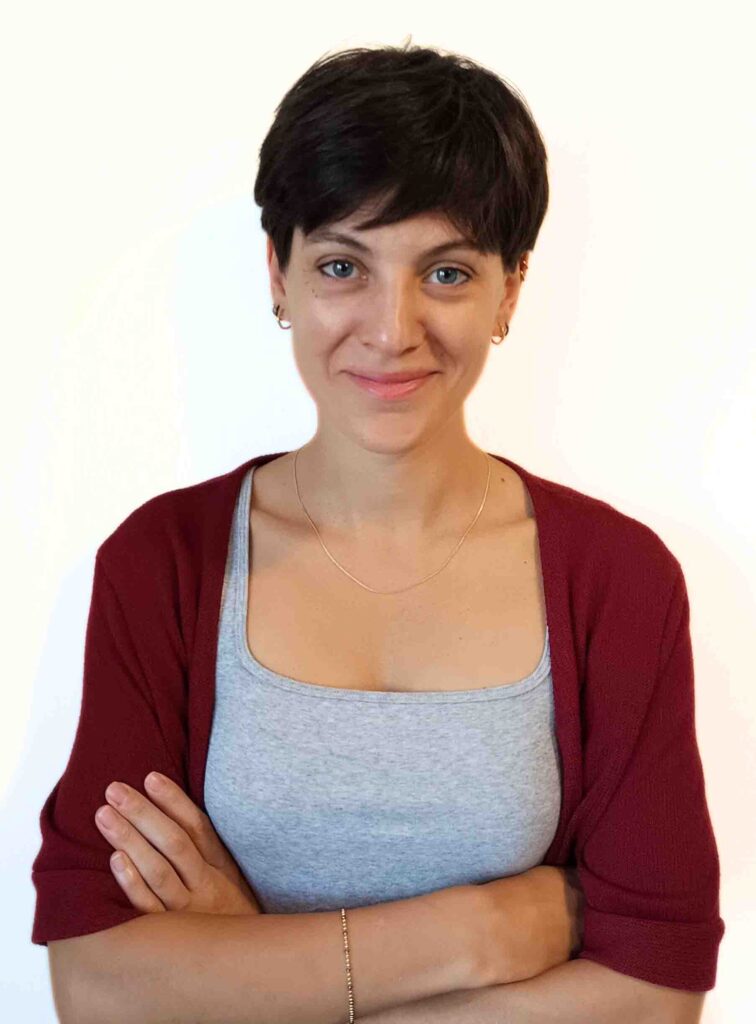
- This event has passed.
Open-ST: High-resolution spatial transcriptomics in 2D and 3D
September 29 @ 1:00 pm – 2:00 pm
Statistical Bioinformatics Seminar
Daniel León-Periñán, Berlin Institute for Medical Systems Biology
Dr Elena Splendiani, Sapienza University of Rome
This was an online event held via Zoom.
Spatial transcriptomics (ST) has significantly advanced our understanding of the molecular mechanisms involved in tissue development, homeostasis, and disease. However, there is a need for easy-to-use, high-resolution and cost-efficient methods that can be scaled up for the analysis of tissues in 3D. To address these challenges, we introduce Open-ST, a high-resolution, sequencing-based platform, designed for the analysis of tissue molecular organization in both 2D and 3D. This experimental and computational resource is open-source, modular and cost-effective, making it accessible to a broad range of researchers and facilitates the adaptation of new implementations.
Open-ST has proven effective in various contexts. In mouse brain tissue, it captured transcripts at subcellular resolution and successfully reconstructed cell types. In a primary head-and-neck tumor and patient-matched healthy and metastatic lymph nodes, Open-ST captured the diversity of immune, stromal, and tumor populations, findings that were corroborated by imaging-based ST. Notably, distinct cellular states were organized around cell-cell communication hotspots in the primary tumor. These transcriptomic states were maintained in the metastasis, despite the spatial organization being disrupted. Reconstructing the metastatic lymph node into a “3D virtual tissue block” from serial tissue sections, identified spatially contiguous structures that were not discernible in 2D. These included potential biomarkers located at the 3D tumor/lymph node boundary.
Currently, we are extending Open-ST to increase its applicability to a wider range of research questions, from small RNAs to long-reads, as well as extending its application to formalin-fixed paraffin-embedded tissues. Furthermore, integrating immunofluorescence staining in the workflow allows a multiomic perspective on the tissue architecture. Given its accessibility and versatility, Open-ST can be adopted and customized by a diverse range of users, enabling its application to increasingly specialized studies.
Subscribe to our seminar mailing list
Find out more about the Statistical Bioinformatics seminar series

Daniel León-Periñán
Dani is a computational biologist pursuing his PhD in the Rajewsky lab at the Berlin Institute for Medical Systems Biology (BIMSB-MDC). His research focuses on understanding how gene expression patterns, in space and time, can predict disease progression, by developing methods that generate, analyze and integrate large-scale data. With a background in Biotechnology and Computer Science, he works at the intersection of spatial biology, data visualization, and machine learning, with the aim to make biological data accessible and searchable.

Dr Elena Splendiani
Elena is a postdoctoral research fellow at the Department of Experimental Medicine, Sapienza University of Rome. She received her PhD in Molecular Medicine from Sapienza University in 2023 and her Master’s degree in Genetics and Molecular Biology in 2019 from the same institution. Her research focuses on solid tumors, with a particular interest in biomarker discovery and RNA-level molecular characterization, including both coding and non-coding RNAs. She co-developed a high-spatial-resolution technology, Open-ST, which she is currently applying to characterize tumors and study their microenvironments.
